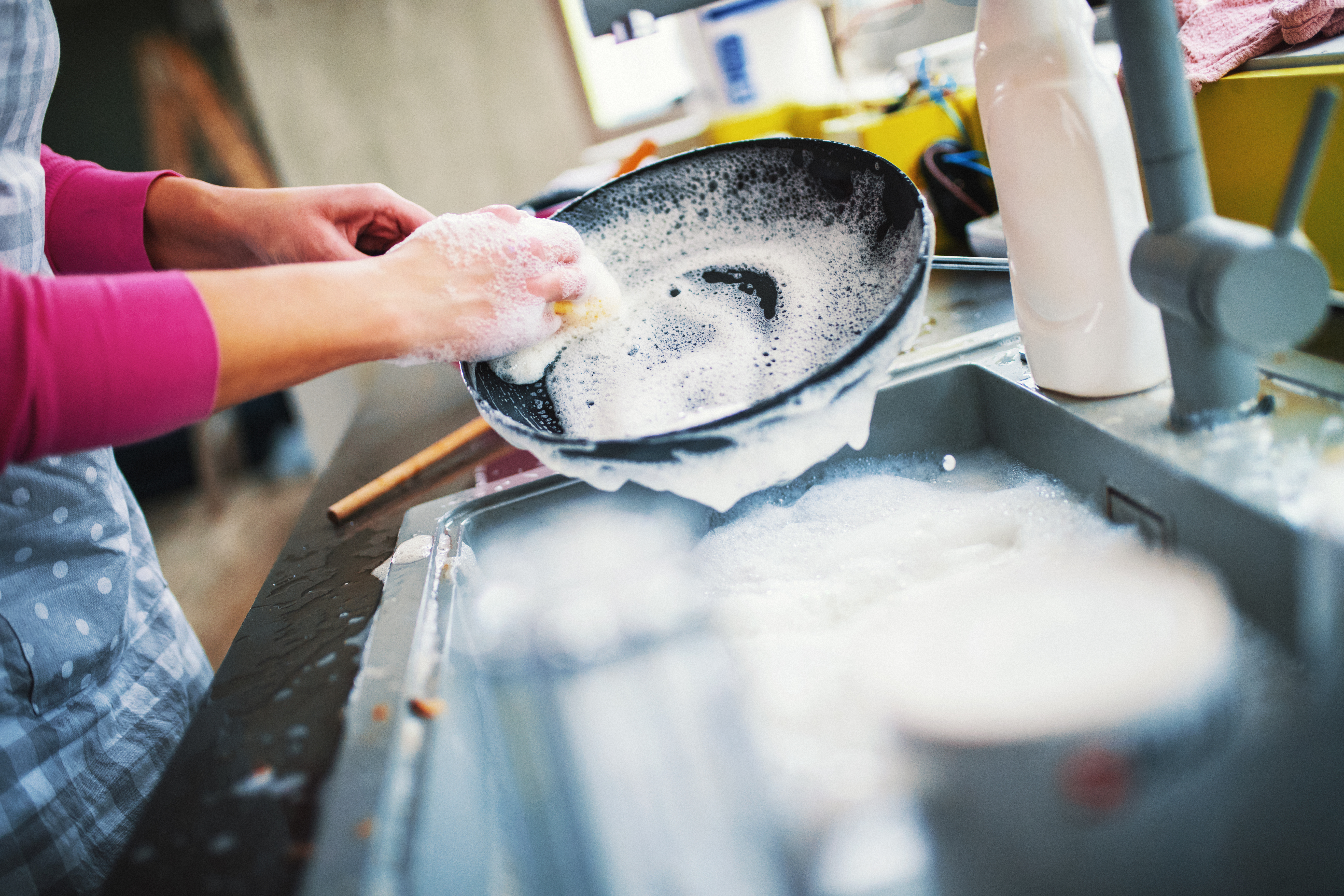
Are your hands clean? Sure, you washed them after you went to the restroom or handling that raw chicken for dinner, but you may have not cleaned them as well as you thought.
You accumulate germs on your hands throughout the day as you touch surfaces, objects and people. Our hands can harbor a nasty colony of illness-inducing bugs such as the flu virus, salmonella and E. coli. It can be easy to infect yourself with these germs by touching your mouth, nose or eyes.
Shaking hands can turn into a germy nightmare if you aren’t properly washing your hands. Read more here about how to make your handshake a great one in this blog post.
It is impossible to keep your hands entirely free of germs, but frequent and effective handwashing can help to limit the transfer of bacteria and viruses. But what exactly constitutes proper handwashing and are you doing it the right way to protect yourself?
We’ve got the low-down on getting your hands squeaky clean. Stop playing Russian Roulette with bacteria. Avoid being another dirty statistic by following these helpful tips for handwashing.
Handwashing 101
Always Wash Your Hands Before:
- preparing food or eating
- putting in or taking out contact lenses
- treating wounds
- giving medicine
- caring for an injured or sick person
Always Wash Your Hands After:
- using the restroom
- changing diapers
- sneezing, blowing your nose, or coughing
- touching an animal, their food or waste
- touching garbage
- shaking hands with others
- these 10 ‘harmless’ things that may not have crossed your mind
Step-By-Step to Handwashing the Right Way
- Wet your hands—temperature is irrelevant to the germ-killing process
- Turn off the tap
- Lather hands with soap
- Scrub your hands and don’t miss these spots: back of your hands, between the fingers, underneath the nails. Scrubbing should last for at least 20 seconds. Don’t have a timer or need a distraction? Hum the “Happy Birthday” song
- Rinse hands under running water
- If possible, turn off the faucet with a paper towel. The place in a public restroom with the most germs isn’t the doorknob or toilet seat like you may think, but the handles of the faucet.
- Dry hands using a paper towel or a hand dryer
To Use Hand Sanitizer or Not
Handwashing is best when using soap and water to reduce the highest number of germs. If soap and water is unavailable, make sure the hand sanitizer you choose contains a minimum of 60% alcohol. Keep in mind that hand sanitizers are not as effective when your hands are visibly greasy or dirty.
Handwashing doesn’t have to take up too much of your time, but if done correctly it offers great rewards in terms of preventing illness or spreading germs. Make handwashing the right way a habit to play a major role in protecting your health!
